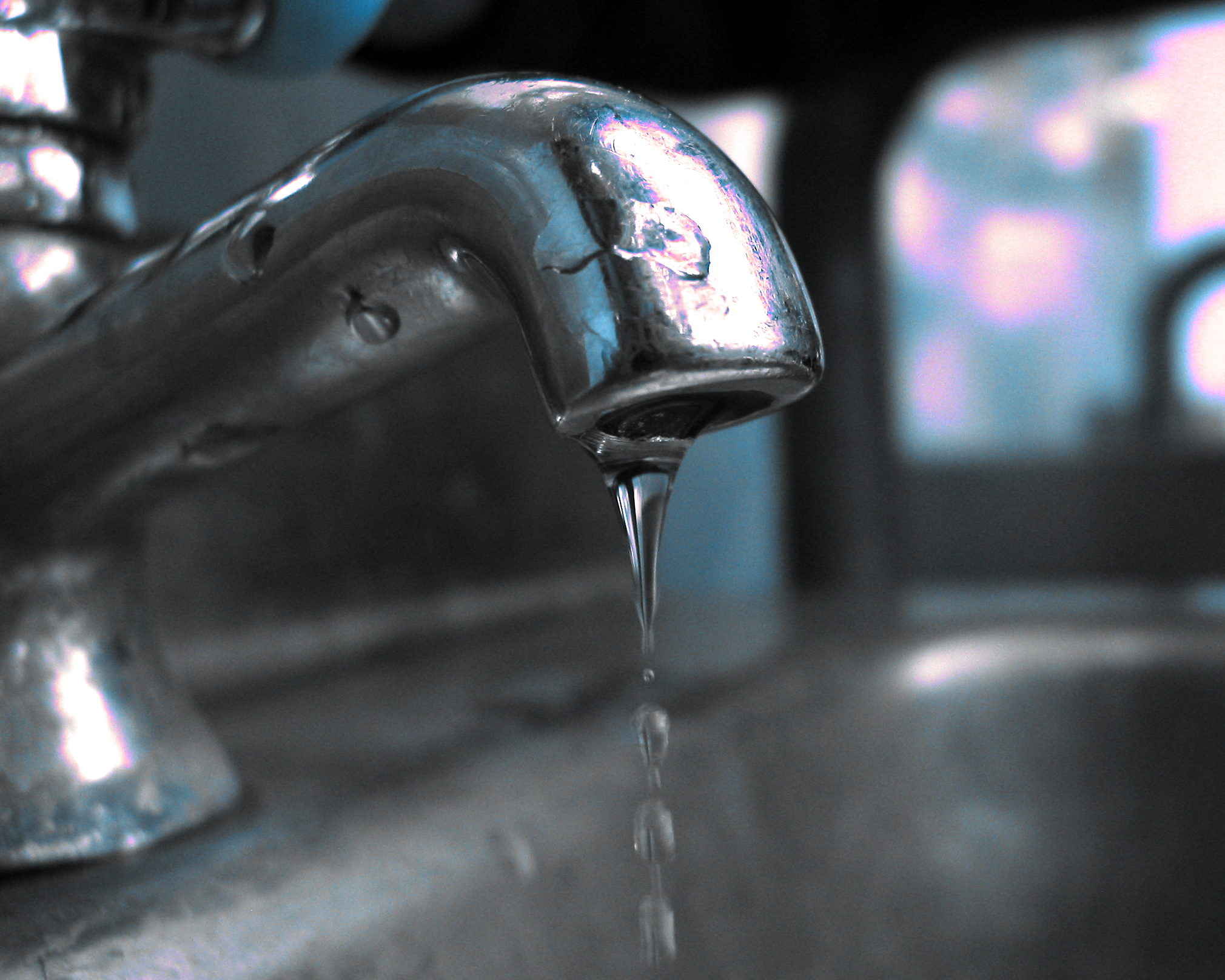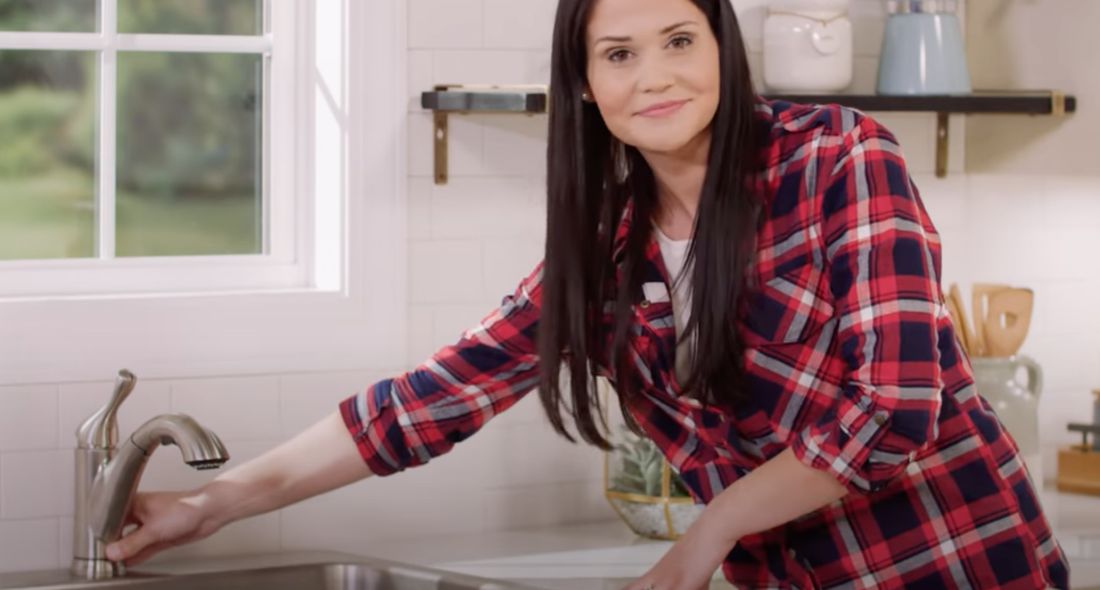What're your beliefs about Leaky Faucets: Why They Happen & What to Do About Them?

Leaking taps might appear like a minor aggravation, but their effect surpasses just the nuisance of the audio. From drainage to sustaining unnecessary monetary prices and health dangers, overlooking a dripping faucet can result in different effects. In this write-up, we'll explore why it's critical to resolve this usual household issue promptly and effectively.
Wastage of Water
Environmental Impact
Trickling taps add substantially to water waste. According to the Environmental Protection Agency (EPA), a solitary faucet dripping at one drip per secondly can throw away greater than 3,000 gallons of water per year. This not only pressures water resources but additionally impacts communities and wild animals based on them.
Financial Costs
Boosted Water Bills
Past the ecological impact, trickling faucets can blow up water expenses considerably. The collected wastage gradually translates into greater utility expenses, which might have been stayed clear of with timely repair services.
Potential Property Damage
Additionally, extended leaking can bring about damage to components and surface areas surrounding the faucet. Water buildup can cause discoloration, rust, and even architectural issues if left neglected, resulting in extra fixing prices.
Health Worries
Mold And Mildew and Mildew Growth
The continuous presence of moisture from a trickling faucet creates an excellent environment for mold and mildew development. These fungi not only jeopardize interior air top quality yet likewise pose wellness dangers, especially for individuals with respiratory problems or allergic reactions.
Waterborne Illness
Stagnant water in trickling faucets can become a breeding place for germs and various other microorganisms, enhancing the threat of waterborne illness. Impurities such as Legionella germs grow in stagnant water, potentially bring about severe illnesses when ingested or breathed in.
DIY vs. Expert Fixing
Benefits and drawbacks of DIY Repair Work
While some might try to fix a leaking faucet themselves, do it yourself fixings come with their own set of obstacles. Without correct knowledge and tools, do it yourself attempts can worsen the problem or lead to incomplete repairs, prolonging the issue.
Advantages of Hiring a Specialist Plumber
Hiring an expert plumber makes sure that the underlying source of the trickling faucet is attended to properly. Plumbing technicians have the expertise and equipment to diagnose and repair faucet problems effectively, saving time and lessening the threat of further damage.
Step-by-Step Guide to Dealing With a Dripping Faucet
Tools Required
Before trying to fix a leaking faucet, gather the needed devices, including an adjustable wrench, screwdrivers, replacement components (such as washing machines or cartridges), and plumber's tape.
Usual Faucet Issues and Their Solutions
Recognize the type of tap and the specific problem creating the drip. Common troubles include damaged washing machines, corroded valve seats, or damaged O-rings. Describe manufacturer directions or on-line tutorials for detailed guidance on repair services.
Preventive Measures
Normal Upkeep Tips
To avoid dripping taps, do routine upkeep such as cleaning up aerators, inspecting for leaks, and changing damaged components immediately. Additionally, take into consideration installing water-saving gadgets or updating to a lot more effective components.
Relevance of Prompt Services
Addressing dripping taps as quickly as they're observed stops further water wastage and possible damages, eventually saving both water and cash over time.
Effect On Building Value
Perception of Well-Maintained Home
Maintaining a residential or commercial property in good condition, consisting of attending to upkeep problems like trickling faucets, boosts its perceived worth and desirability amongst possible customers or tenants.
Impact on Resale Worth
Residences with properly maintained plumbing fixtures, consisting of taps, command greater resale values in the realty market. Attending to dripping faucets can contribute to a positive impact throughout residential property examinations and negotiations.
Environmental Responsibility
Private Contribution to Preservation
Taking responsibility for fixing dripping faucets straightens with broader initiatives toward water conservation and environmental sustainability. Every individual's actions jointly make a considerable effect on protecting valuable resources.
Lasting Living Practices
By prioritizing punctual fixings and embracing water-saving routines, individuals contribute to sustainable living practices that profit both present and future generations.
Conclusion
Resolving a leaking faucet goes beyond mere comfort; it's a vital step towards conserving water, minimizing financial prices, and securing wellness and home. Whether through do it yourself repair work or expert help, taking action to repair leaking faucets is a small yet impactful means to advertise accountable stewardship of resources and contribute to a healthier, extra sustainable future.
How to Fix a Leaky Faucet: Step-by-Step Repair Guide
A leaky faucet may seem like a simple annoyance, but if it's not fixed promptly, that leak could cost hundreds to potentially thousands. From water damage to mold, mildew, and high water bills, even a tiny leak can be catastrophic if left unattended. Damage like this can even affect the overall value of your home, so it's important to take the right approach for leaky faucet repair. You may need the help of a plumber in some cases, but we've got a few tips you can try on how to fix a leaky faucet before calling the pros.
Four Faucet Types
When you're learning how to fix a leaky faucet, the first step is knowing what kind of faucet you're working with! There are four common types.
Cartridge Faucets
Cartridge faucets come in one- or two-handled varieties. In one-handled cartridge faucets, hot and cold water combines in a single cartridge. In the two-handled versions, hot and cold water are controlled separately and mixed in the faucet.
Ball Faucets
Ball faucets have a single lever you push up and down to adjust the pressure and rotate to change the temperature. A slotted metal ball controls the amount of water allowed into the spout.
Compression Washer Faucets
They're the oldest type of faucet, but they're still used in many homes — especially older ones. Compression faucets have two separate handles that, when turned, raise or lower the washer that seals a water valve. This valve stops water from flowing through the faucet when it is turned off.
Disc Faucets
Disc faucets rarely need to be repaired due to their maintenance-free design. The water flow is controlled by two discs — the upper one raises and lowers against a fixed lower disc, creating a watertight seal. If your disc faucet starts leaking, you may need to replace the seals or clean residue buildup from the inlets.
Fixing a Leaky Faucet
Step 1: Turn Off the Water
Whether you're learning how to fix a leaky bathtub faucet or how to fix a leaky kitchen faucet, always turn off the water supply to your working area when you're fixing a leak. The last thing you want is a flood added to your list of things to fix.
Look for the shutoff valves below your sink or around the tub and turn them clockwise to stop the water flow. If your faucet doesn't have shutoff valves, you may need to turn off the water for the whole house. Check to make sure it's off by turning the faucet on. If nothing comes out, you're ready to start the repair.
Step 2: Take Apart the Faucet
How you disassemble your faucet depends on the type of fixture you have. You can use a flathead screwdriver to remove the caps on top of the handle or handles for cartridge and compression faucets. Inside, you should see handle screws. Unscrew these with a screwdriver to remove the handle.
Disc- and ball-style faucets will typically have an inlet screw near the handle, and removing that will reveal the interior of the faucet.
Detach the Valve Stem
For cartridge- and compression-style faucets, you'll see the inner valve stem or cartridge once you remove the faucet handles. If you have a compression faucet, unscrew the brass valve stem. If you have a cartridge faucet, pull out the cartridge. If your cartridge has been in place for a while, it may require some tools or extra force to remove it due to mineral deposits.
Examine and Replace Parts
Once you've removed the parts, check them out to confirm what needs to be replaced. You may see corroded rubber washers, O-rings, stems, or cartridges. On a ball-style faucet, check the seats and springs for damage.
If you need to repair a leaky disc faucet, check the inlet and seals on the lower disc.
Once you determine what parts must be replaced, visit your local hardware store. Bring the damaged parts with you to ensure you can purchase the correct components to replace them.
Clean Valves and Faucet Cavity
If you've removed a stem or cartridge, you may notice mineral buildup in the faucet's threads. Use white vinegar to clean the valve seat by soaking it for a few minutes, then scrub it away with a soft toothbrush and rinse with warm water. You can also clean the interior of the faucet in the same way.
Reassemble the Faucet
Once your faucet is cleaned and the required parts have been replaced, it's time to reassemble it. Put the pieces back together and slowly turn the water supply back on. Doing this slowly is crucial because too much initial water pressure can damage the new hardware you've just installed.
https://homewarranty.firstam.com/blog/how-to-fix-leaky-faucet

We had been guided to that report on Leaky Faucets: Why They Happen & What to Do About Them from a friend on another web property. Remember to take a moment to promote this blog if you enjoyed it. Many thanks for your time. Please check our blog back soon.